Float like a butterfly, sting like a bee...how do we treat Parkinson’s disease? by Amer Ahmed4/3/2018 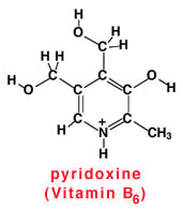 For the next 3 weeks I will try to answer the question: How does Vitamin B6 affect Drug-Induced Parkinsonism? The medical relevance to humans is very important. Hinted by the title, Muhammad Ali was affected by Parkinson’s disease as well as other stars like Michael J. Fox. According to medicinenet.com, Parkinson’s disease is “the second most common neurodegenerative disorder and the most common movement disorder.” Parkinson’s involve “progressive loss of muscle control, which leads to trembling of the limbs and head while at rest, stiffness, slowness, and impaired balance.” For people affected by Parkinson’s, it is difficult to complete simple tasks like walking and talking. There is currently no treatment to cure Parkinson's disease, but there are therapies that delay the effects. I want to find out if Vitamin B6 can provide a plausible treatment option because it is known to help produce neurotransmitters that stimulate brain and nerve cells. The objective of my project is to test the effects of Vitamin B6 and amplify the treatment of B6 to see any significant effects on Parkinson’s. To simulate Parkinson’s, I will treat the flies with Paraquat, which reduces the lifespan of flies and simulates the movement disorders like resting tremor (shaking arms), bradykinesia (slowness), rotational behavior (turning upright) , postural inability (falling). I will test the movement of the adult flies using a negative geotaxis assay, that knocks flies to the bottom of a vial to see how many flies will try to climb towards the top of the vial. I will also measure the fly’s energy consumption by measuring the height of the food in the vial and the weight and length of the flies. We’ll see what happens! The first few weeks have been a lot of fun. I got to act like Robespierre during the French Revolution and chop off flies’ heads with a razor blade. I did a metabolism assay that involved decapitation, centrifuging, micropipetting, and using a spectrophotometer - all of which to determine the level of glucose in the hemolymph of a fly! It was definitely very fun and fascinating, as I’m learning new research techniques. I used melatonin and stressed the flies with constant dark (wrapping vials in a foil) and found interesting results. I also presented my findings with graphs and practiced creating science comics, both skills I will need for the final symposium down the line. So far the whole experience has left me more intrigued about research and I can’t wait to continue with my independent project!
1 Comment
Hey! It’s me, Abbie, again. Boy, has a lot been going on in TRIP! I finished my study of Black Cohosh on female fly fertility. It was crazy! It turns out that the drug increases the chances of an egg hatching and successfully developing into an adult fly! Woohoo! Now that that’s done, I get to start my own project now. I’ve had a lot of ideas, but the one that really stuck out to me was antidepressants. Okay, what about antidepressants? Well, I want to see if it affects memory… larval memory! What gave me the inspiration to do this? How did I come up with this idea? Antidepressants are a common drug many people in my household use. Plus, neuroscience interests me! So… it’s a double win! Two interests of mine combined into one, sweet! Honestly, I have no idea what to expect in regards to this experiment. It’s something totally new to me, but that’s the fun part! So far, TRIP has been awesome. I don’t know how else to put it! Oh, and a bit crazy! But that’s okay. I’ve met such amazing people and you know what’s the best part? We all have the same interest: science! Working with these people has been so fun and it’s opened my eyes to things I’ve never seen before. I can’t wait for what the future sessions hold!
|
Archives
April 2024
Categories
All
|
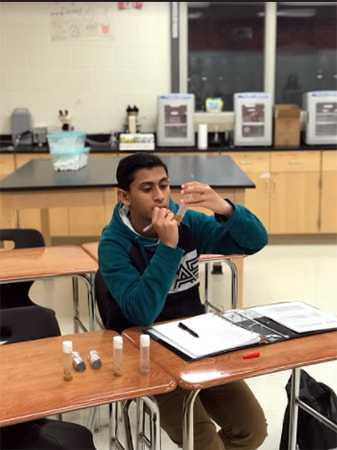



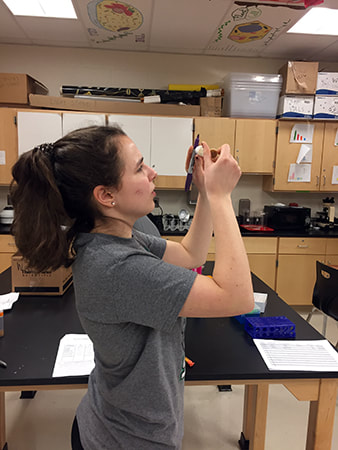
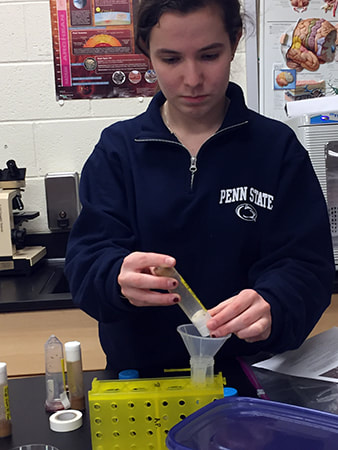


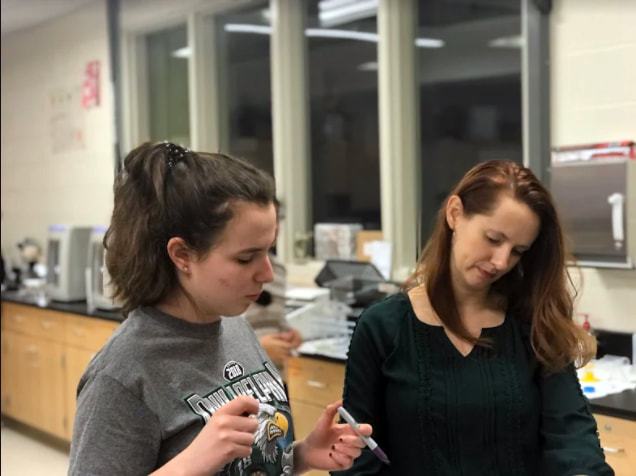

 RSS Feed
RSS Feed